by Everett Maroon
In the November 8, 2015 issue of The New York Times‘ Book Review, Malindo Lo opened a review of two novels with a note about diversity in contemporary YA fiction. It was an eloquent, simple summation regarding the ongoing conversations about representation: “
I’d like to focus on one very important word in her opening. Quality. Quality representation. Because while including transgender and gender nonconforming characters is an important shift in contemporary young adult fiction, I believe it also matters how such representation is handled, what messages accompany that representation, and what readers see through the course of character development, plot development, description, and subtext, and priorities in the narrative.
Put simply, representation matters. As Casey Plett wrote for The Walrus earlier this year, after looking at four novels that had trans or intersex protagonists:
This might make for inspiring reading, but it’s odd to spend a few hundred pages with someone who goes through hell and emerges with all the flaws of a Disney hero. The reader scarcely knows anything about the characters’ inner lives.
Representation, or the mere inclusion of trans or gender nonconforming characters isn’t enough. It’s not even a good start, really, because how we write about trans people matters. It matters to the story, it matters to the reader, and it matters to our cultural consciousness. Books aren’t inanimate objects in the same way a chair is—the appeal of a book is the attachment a reader makes with the story as its told, and afterward. Good stories become our ghosts, following us around, sticking in our minds and leading us to new stories, yes, but new understandings. If the takeaway about a trans character becomes “being trans is awful,” then the representation is problematic, untrue, reductive, and uninteresting. (Also, haven’t we moved past The Well of Loneliness in the last hundred years?)
Ultimately, trans people are people. Inasmuch as anyone is “fighting the power,” trans people come up against powerful institutions and personalities. But where is the story, the hook, the situation about which readers will want to know more? What makes a trans character interesting is not any of the following:
* Their surgical status
* Their body parts
* Their alliance to gender stereotypes (e.g., “I’m strong because I’m really a man inside”)
* The split between their bodies and their identities
* Their fear of transitioning or coming out
* Their relatives and/or their relatives’ responses to their gender identity
What makes a trans character interesting is what makes any character interesting. It’s the same thing as what makes them real. If we look at characters that have stuck around our collective consciousness for a while—Jane Eyre, Ishmael, Scout Finch, Sethe, Holden Caulfield—we see characters that illuminated the stories around them in a believable way. We may not have liked them as people (Caulfield is a notable jerk!), but we could understand them and we could get a sense of them. We knew them directly, and we knew people (often ourselves) who had something in common with them. If a trans character is set up throughout a novel as some kind of troubled, benevolent, brave person (always with the brave! trans people as brave people is now a trope to avoid), it pushes readers away.
Humans are complex, nuanced, contradictory. We are amalgams of interesting things—experiences and moments being some of those things—but if we are boiled down to one major aspect of our lives, we lose our interestingness. It’s not enough for a writer (especially a cis writer, but anyone is capable of the following) to include a trans character or protagonist in their story, if the character’s entire arc is about their transition. Transition could be a plot point, maybe, but it has to be handled with honesty and not platitudes. Trans people are not just sweet white children trapped in the wrong body, so representation needs to move past this mythic paradigm.
In fact, let’s throw the whole “trapped in the wrong body” thing out the window. Well first, open the window. Now pick up the trapped in the wrong body idea—I’ll wait, I know it’s heavy and whimpering—and there you go. Look, it grew wings and flew away. Writers of today and the future, I beg you: NEVER write a character with that concept as your subtext, or foundation, or starting point, whatever. Want to know the truth? It was a throwaway comment in an early interview with Christine Jorgensen in the 1960s, because the interviewer could not get his mind wrapped around the idea of a transsexual. But like I said, some ideas (okay, I said characters) are like ghosts, and that ridiculousness has haunted us in something like total desperation for more than forty years.
So if I would rather authors not write tropes, stereotypes, misinformed concepts, or boringness into their trans characters, what am I looking for in the future of trans representation?
I love this question because I love answering it.
I’m looking for the life after transition, the other aspirations these characters have, the friends who shape their lives, even the nonsense we all deal with—crappy teachers, hating algebra, escaping from one’s parents for an afternoon, sneaking into an extra movie at the cinema, getting one’s heart broken by that asshole who seemed so great before one went to second base with them. Trans people are not figureheads, tragic heroes, as untouchable as saints, they’re people. We make mistakes and we cry when we break our favorite coffee mug, and we stay up late at night reading terrific books and damn it we want to see ourselves in some of those books. Ourselves, not some person’s simplistic imagining of who we are. Ten pages in we can all tell if we’re getting the real thing or a thin veneer. Representation itself is not enough—character work and storytelling are the actual beginning of writing trans-themed fiction that matters.
—
Everett Maroon is a memoirist, humorist, pop culture commentator, and fiction writer. He is a member of the Pacific Northwest Writer’s Association and was a finalist in their 2010 literary contest for memoir. Everett is the author of a memoir, Bumbling into Body Hair, and a young adult novel, The Unintentional Time Traveler, both published by Booktrope Editions. He has an essay, “In a Small Town, Nothing Goes Wrong, in the anthology _Untangling the Knot: Queer Voices on Marriage, Relationships & Identity,_ from Ooligan Press, and a short story, “Cursed,” in the anthology The Collection: Short Fiction from the Transgender Vanguard, from Topside Press. He has written for Bitch Magazine, GayYA.org, Amwriting.org, RH RealityCheck, and Remedy Quarterly. He has had short stories published here and there. Everett’s blog is transplantportation.com.
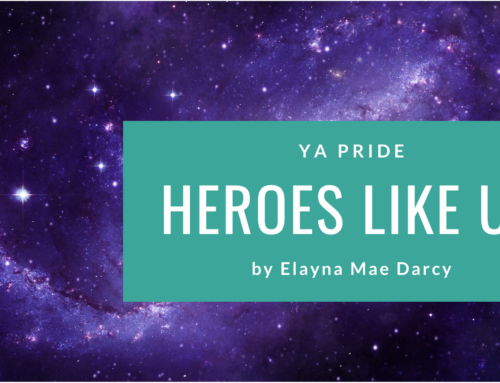
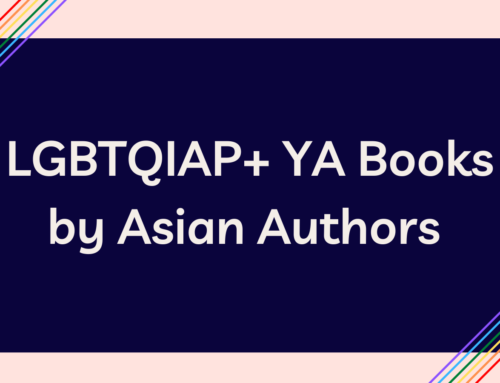
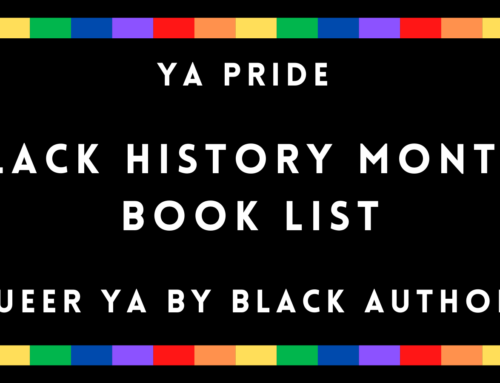
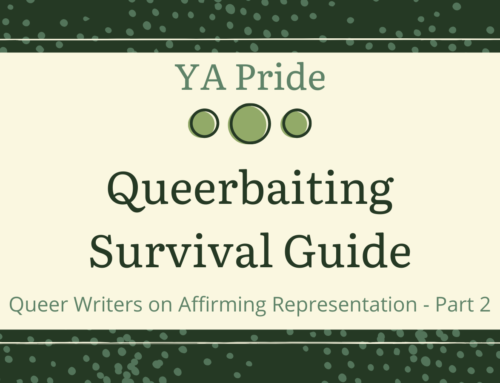
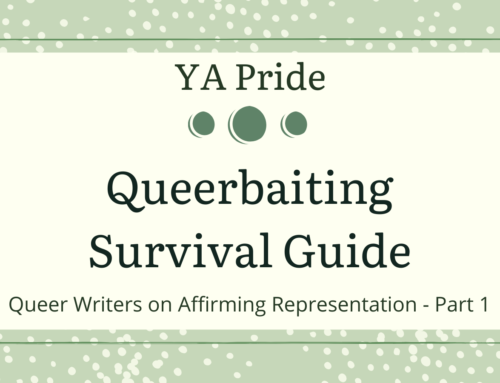
Thanks for the great post. It is so important to discuss the quality of the representation of trans characters, and I think that often gets overlooked when working toward a greater quantity of trans characters in publishing.